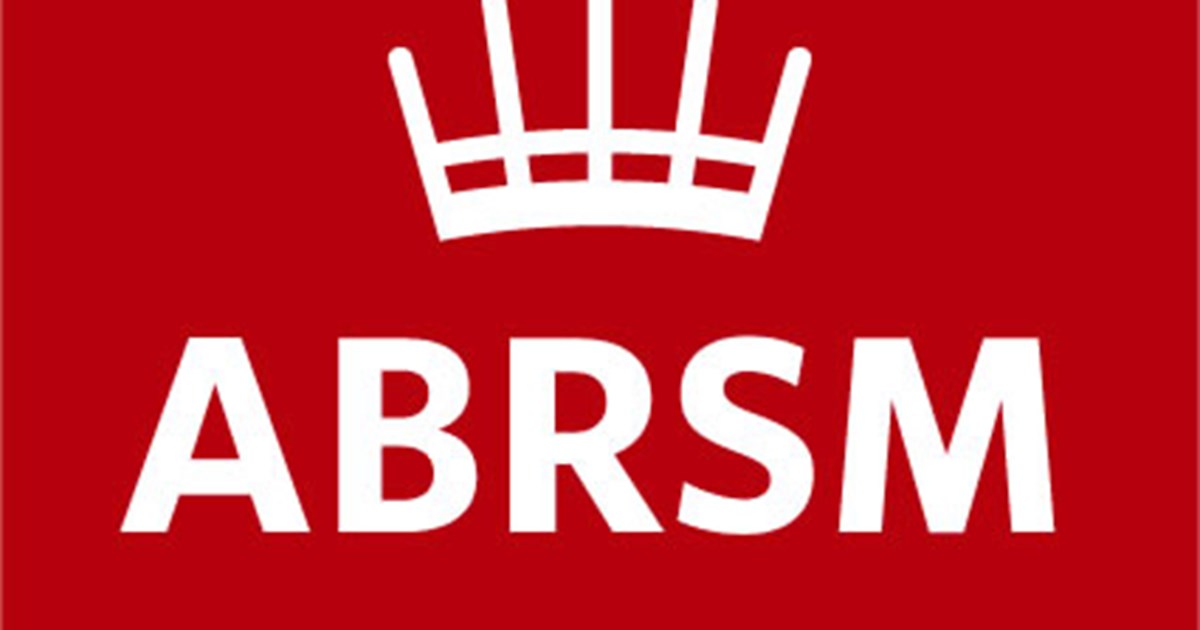Exams are an essential part of assessing growth & skill development. No matter in what field you are, exams are a standard criterion to qualify or prove your eligibility for a desired field. Similarly, when it comes to judging your music skills ABRSM is benchmark in the exam board of the Royal Schools of Music.
The ABRSM (Associated Body of the Royal Schools of Music) is a music examination board that offers tests to students all around the world. Each year, nearly 600,000 applicants from 93 countries sit for the ABRSM examinations.
There are 4 types of exams included in ABRSM:
- Theoretical music
- A practical examination
- Grade of performance
- Bachelor’s Degree
Let’s discuss few tips that may help you clear the exams if you abide by them. Also, we suggest you can take ABRSM music theory lessons online for better preparation to compete with other students.
Let’s start with the tips.
- Practice makes a man perfect.
Practice is essential. Effort yields results, much like working out or studying for a test. The examination parts account for 60% of the total score, as we discussed in our earlier post. Acing this portion is similar to your child receiving a medal on a silver plate; therefore they should practice the pieces every day for at least 30 minutes.
- Record & judge your performance
Take notes from your performance, or you can share your recordings with your Online Music teacher in this way you can get real time check your instructor and there is a lot of room for improvisation.
- Place the CD in your player and listen to it.
All of the piano pieces in the three lists are recorded on a CD included with the test book. Your youngster should listen to the piece they are playing before practicing. Listening to music assists kids in learning through imitation and provides a frame of reference for how each piece should be musically represented.
- Use a metronome to practice.
One of the things that examiners check for is tempo consistency, which involves understanding the time signature and value of each note (length in relation to another note). Maintaining a consistent pace, like all the other elements, must be practiced.
Using the metronome to practice compositions, scales and arpeggios, or sight-reading instils a feeling of rhythm in your youngster, and it is strongly encouraged to use that ticking gadget to their advantage.
- Practice with Poise & be composed.
Not only does having good posture seem beautiful, but it also influences how well you play. Every component of movement, from your wrists to your legs, influences the song. Do not go immediately to the keyboard and start playing during the test; instead, instructs your youngster to adjust the piano seat to a comfortable level first.
It’s simpler to regulate the strength used on the pedal when the seat is set to an acceptable height, for example. It also enables your youngster to simply control their wrist movements.
